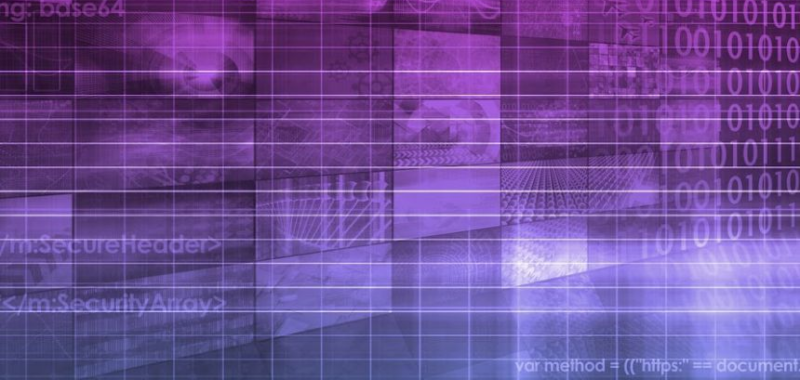Source: Depositphotos
Layer 1 blockchain Supra has unveiled its latest developer product with the promise of shaking up the dApp landscape. Supra Containers operate as modules that guarantee exclusive block space to specific dApps – signaling an end to onchain congestion and scaling issues.
Dedicated Space for Hungry Dapps
Popular decentralized applications (dApps) consume significant onchain resources such as storage and compute. This can come at a high cost to developers, who are burdened with subsidizing these costs or passing them on to their users. In the worst cases, the demand on L1 and L2 chains can affect all users, with the popularity of a single dApp causing the entire chain to grind to a halt. This is the problem that Supra is trying to solve with Containers.
Supra doesn’t just have its sights set on attracting more developers to build on its high-throughput L1: it believes Containers could signal the end for L3s and appchains, the current go-to solution for developers trying to avoid being held hostage for block space. While it will take time to see whether this prediction becomes manifest, Containers present a novel solution to the scalability problems that have bedeviled blockchain architects for years.
What’s Inside a Supra Container
Supra Containers can be thought of as individual blockchains that operate on an existing chain – Supra. They allow developers to customize parameters such as dedicated compute or execution space without needing to get bogged down in blockchain maintenance. It’s simply a case of setting the desired conditions, including a native token economy if desired, and then deploying.
The upside to developers isn’t just that they can essentially create their own plug-and-play chain without the downsides that come with operating their own network, such as being tasked with its security and maintenance. One of the neat things about Supra Containers is that they’re fully composable and can be slotted in with other Supra Containers. Think of them as containers stacked side by side on Supra’s L1 container ship, benefiting from the shared security of the mother ship.
While certain aspects of Containers, such as custom tokens and resource allocation, operate as a walled garden, others – such as access to onchain liquidity – are shared network-wide. In other words, dApps can benefit from all the good stuff that comes from being on a public blockchain without the drawbacks.
Tooling and Tokens Inside
Supra Containers have the potential to free developers to create powerful dApps without being sidetracked by ancillary tasks such as monitoring fees, network traffic, and storage availability. At the same time, each Container comes with a few mod cons included. Container occupants can access tooling such as oracle price feeds, verifiable randomness, and cross-chain comms. If you wanna build a gaming dApp, for example, you can do so without needing to integrate your own RNG.
Crypto is full of metas – emerging trends and narratives – and Containers have the potential to become another meta if they catch on. Or rather a meta within a meta, because each Container is envisioned as becoming its own ecosystem that can sustain life onchain without being at the mercy of other onchain users. That, essentially, is the bull case for Supra Containers.
Disclaimer: This article is provided for informational purposes only. It is not offered or intended to be used as legal, tax, investment, financial, or other advice.

